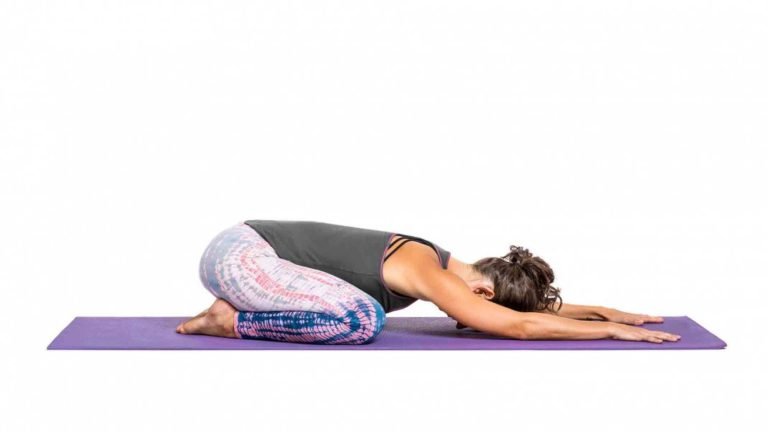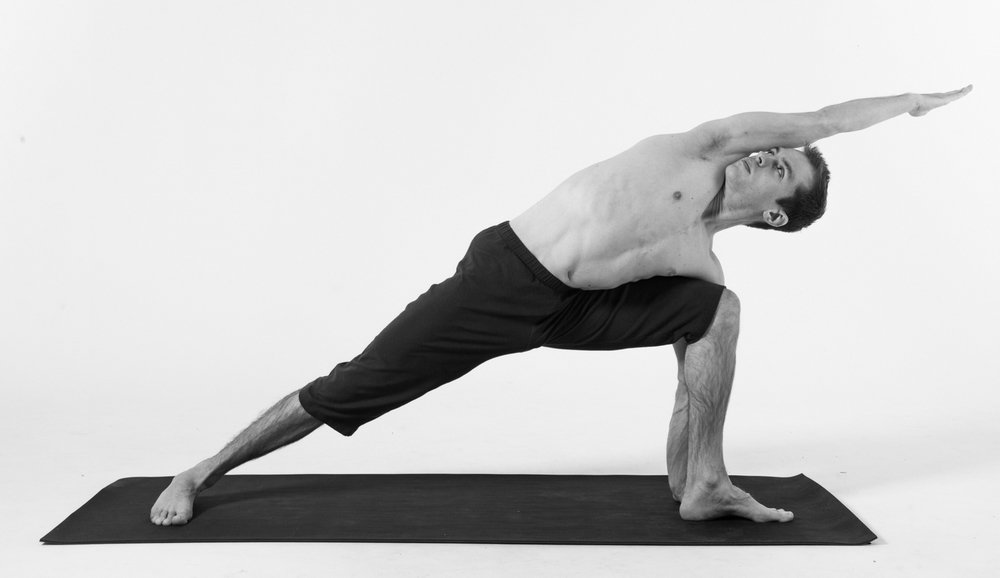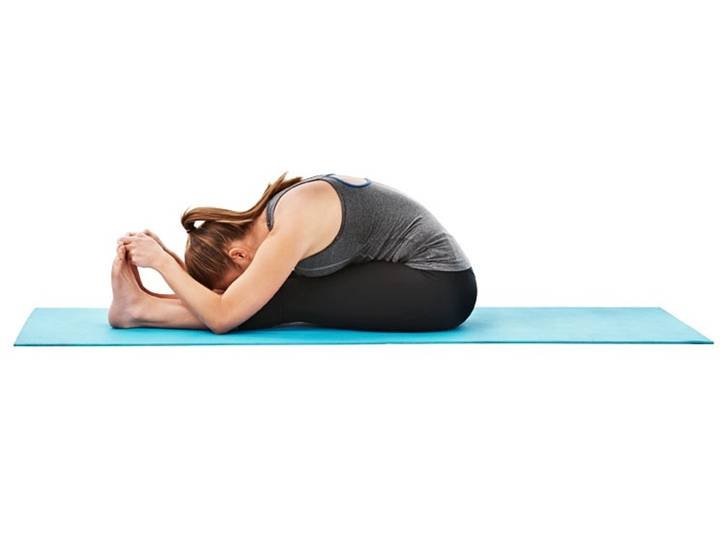
Have you completed your online yoga teacher training course? Are you now ready to teach your first lessons?
When you sit in front of a group of students, it is natural to feel a little nervous, especially when teaching for the first time. After all, you are the one to whom the class is looking at. Now how to deal with it?
Many new yoga teachers feel tongue-tied as they can’t decide what to say in front of the class. This leads to very long as well as awkward moments of silence. Not only that, but they also feel worried because of the feeling that students will be able to know they are new to the class and might start feeling very uncomfortable while adjusting their posture.
Always keep in mind that you are not the only person who feels nervous while taking the class. It is entirely nor did al to feel scared as well as nervous during initial days. As a good yoga teacher, you need to be bold and very confident.
Here are 10 helpful teaching tips for Yoga Teachers:
1. Always start small: When you start with a class with a small number of students, it assists in building your confidence. At first, you can also only have a few sessions with your family and friends. If you have not got any yoga studio jobs, you can go for few free sessions at your place. You aim to teach as much as possible to gain some experience. Even in the studio, it is always best to start with a small group of people. Try to keep patience, and your class will begin growing.
2. Strengthen your network and then figure out year niche: When you finish your online yoga teacher training course, it will not guarantee your job. There are some doors you should open as early as possible.
3. Try to strengthen your network with your classmates and your teachers: Once you have obtained your yoga license with 200 hour yoga TTC, take some time to search the market and then look for areas where you can quickly excel. In this way, you can easily differentiate yourself from your mother’s instructor.
4. Now rehearse all by yourself: Ready your sequence and then rehearse all by yourself before starting teaching. Talk loud, pretending the class is in front of you. You can also record to figure out any kinds of flaws. Also, make an evaluation of the tone of your voice and also the words you are using.
5. Share with your students your philosophy: As we know, philosophy is an integral part of yoga. Therefore, it’s best to share your yoga philosophy with your students. They will gain knowledge on it, and it motivates them more to do practices.
6. Warm-up session in the yoga school: When your yoga sessions start, take some minutes to prepare your students. To your students, it might feel like a small guided meditation session. It makes the mind steady before working. Fir you, this session every day reminds you of your role as a guide. It also helps in focusing and gets you in the flow.
7. Involve some moment of stillness: You students are coming to classes for several reasons. It might be looking to enhance overall fitness, relieve tax, encourage mindfulness, or spend some time away from work. But it’s best to keep your classes simple. Plan them in such a way that it facilitates students to take some break from time to time. Keep in mind that sometimes less is more.
8. Go slow: Patience is essential. When a teacher does not have much patience and lacks adequate presence, they are easily visible to students than you can imagine. Pace your all move. Wait very patiently till your kids enter the pose. Move with your breath and remind the class to some. This is best for you as well as your group stay a present moment.
9. Keep it very simple: As a teacher, you might feel tempted to share all information with your students. But for a beginner, so many cues might get overwhelmed. Always keep your cues very simple. Pick and select those you will use for every pose and then limit them to only three times.
10. Generate a genuine relationship: Always pay very close attention to the students. When your students enter class for the first time, it is the job of a yoga teacher to understand their individual requirements better and then guide them in their whole journey. You are there to help them. Always make some eye contact, show them empathy and then offer your assistance every time they require it.
Connect with your students, develop a genuine and long-lasting relationship.
Yoga is a lifestyle and not a job. It is a state of mind and a spiritual place of being. Always keep in mind that you should not forget to do your own practice. After all, you started from here.

BENEFITS OF YOGA
Increasing Flexibility – yoga has positions that act upon the various joints of the body including...

Yoga Poses for Stress Relief Child Pose
Instead of reaching out for antidepressant pills, bring out your yoga mat and try these poses the...

HALF PRAYER TWIST (Parsvakonasana)
STEPS: 1. From Table Position, Step The Right Foot Between The Hands, Bringing The Right Knee...

HELPS TO REDUCE BLOOD PRESSURE BHRAMARI PRANAYAMA
Steps: Sit down in Sukhasana, Keep the spine erect. Breathe normally and relax the whole body....

PASCHIMOTTANASANA (SEATED FORWARD BEND)
This is one of the basic poses of Hatha Yoga, and it stimulates the center of your solar plexus....

7 BEST YOGA POSES FOR HYPOTHYROIDISM
Yoga For Hypothyroidism First of all you must opt for a generalised yoga sequence and pranayama...
 +91-8755744872
+91-8755744872
 contact@vinyasayogaacademy.com
contact@vinyasayogaacademy.com

